Philips Avent Natural Glass Baby Bottle: Lead-free, 21 ppm Cadmium in the silicone nipple (Cadmium is a known carcinogen, but this is considered safe by all current standards)
Introduction (for those new to this website):
Tamara Rubin is a federal-award-winning independent advocate for consumer goods safety and a documentary filmmaker. She is also a mother of Lead-poisoned children, her sons were acutely Lead-poisoned in 2005. Since 2009 Tamara has been using XRF testing (a scientific method used by the U.S. Consumer Product Safety Commission) to test consumer goods for toxicants (specifically heavy metals), including Lead, Cadmium, Mercury, Antimony, and Arsenic. All test results reported on this website are science-based, accurate, and replicable. Items are tested multiple times, to confirm the test results for each component. Tamara’s work was featured in Consumer Reports Magazine in February of 2023.
 Full XRF test results for the item pictured are below.
Full XRF test results for the item pictured are below.
Published: January 25, 2022 – Tuesday
Note: The amount of Cadmium found in the silicone nipple of this bottle is not an uncommon amount of Cadmium to find in modern silicone food-use products. Please click through via this link to see the “Silicone with trace Cadmium” related posts on this website for more examples of silicone products that have tested positive for Cadmium.
As Cadmium is a known carcinogen (read more about that here), it is my personal belief that we (as consumers) should not tolerate any Cadmium in our food-use products (including and especially in baby bottle nipples) even at noted “safe levels.” The State of Washington considers Cadmium concerning when found in children’s products at levels of 40 ppm and greater. The country of Denmark considers Cadmium concerning at levels of 75 ppm and up. There is no United States federal standard for allowable total Cadmium content (as detectable with an XRF Instrument) in items intended for use by children (with the exception being the limit of allowable Cadmium in jewelry intended for use by children has been set at 300 ppm).
Is this going to poison my baby?
Given the actual levels found in most baby bottle nipples and most silicone food-use products as well, (usually in the 5 to 25 ppm range) this is more of a political consideration than a concern for the poisoning of children. However, to my knowledge, there is no study that has been done (and therefore no evidence on either side of the argument) to demonstrate either that trace Cadmium in silicone baby feeding products may cause harm or may be safe. My concern is specifically the amount of time that a child might spend sucking on a particular nipple, combined with the potential for eventual deterioration of these nipples with regular use and sterilization. In my opinion, further study is warranted given the recent explosion in the popularity of silicone products for food-use purposes. Natural rubber nipples are normally a good Cadmium-free alternative.
Feeding your baby is, of course, critical. If your baby will only take one type of nipple and that nipple happens to be silicone, I would not worry about this at this time (I would continue to use the nipple that your child will take). I would however, perhaps (in addition to exploring non-silicone nipple products for your baby’s bottles), write to the brand and ask if they do any independent testing of their nipples for Cadmium or other trace contaminants and weigh their response. I don’t know if it is possible to find a brand that has consistently Cadmium-free silicone nipples, although I will do more testing of these products to see what I can find.
Reading #1) Avent bottle- plain glass (without any paint in reading/ scope of XRF instrument)
60-second test:
- Lead (Pb): non-detect
- Cadmium (Cd): non-detect
- Mercury (Hg): non-detect
- Bromine (Br): non-detect
- Arsenic (As): non-detect
- Chromium (Cr): 1,263 +/- 127 ppm
- Iron (Fe): 212 +/- 46 ppm
- Zirconium (Zr): 391 +/- 7 ppm
- Barium (Ba): 7,816 +/- 106 ppm
- No other metals were detected in consumer goods mode.
Reading #2) Avent bottle painted logo (brown)
60-second reading:
- Lead (Pb): non-detect
- Cadmium (Cd): non-detect
- Mercury (Hg): non-detect
- Bromine (Br): non-detect
- Arsenic (As): non-detect
- Chromium (Cr): 4,835 +/- 181 ppm
- Iron (Fe): 1,900 +/- 71 ppm
- Copper (Cu): 75 +/- 13 ppm
- Zinc (Zn): 4,065 +/- 59 ppm
- Zirconium (Zr): 622 +/- 10 ppm
- Barium (Ba): 8,385 +/- 120 ppm
- Platinum (Pt): 128 +/- 29 ppm
- Bismuth (Bi): 6,039 +/- 63 ppm
- No other metals were detected in consumer goods mode.
Reading #3) Avent bottle clear plastic component of cap
60-second reading:
- Lead (Pb): non-detect
- Cadmium (Cd): non-detect
- Mercury (Hg): non-detect
- Bromine (Br): non-detect
- Arsenic (As): non-detect
- Chromium (Cr): 86 +/- 25 ppm
- Iron (Fe): 83 +/- 13 ppm
- Nickel (Ni): 15 +/- 7 ppm
- Copper (Cu): 18 +/- 9 ppm
- Barium (Ba): 144 +/- 48 ppm
- No other metals were detected in consumer goods mode.
Reading #4) Avent bottle white plastic component of cap
30-second reading:
- Lead (Pb): non-detect
- Cadmium (Cd): non-detect
- Mercury (Hg): non-detect
- Bromine (Br): non-detect
- Arsenic (As): non-detect
- Chromium (Cr): 46 +/- 24 ppm
- Iron (Fe): 128 +/- 13 ppm
- Zinc (Zn): 65 +/- 4 ppm
- Titanium (Ti): 3,609 +/- 151 ppm
- Barium (Ba): 116 +/- 45 ppm
- No other metals were detected in consumer goods mode.
Reading #5) Avent bottle silicone nipple
60-second reading #1:
- Lead (Pb): non-detect
- Cadmium (Cd): 21 +/- 2 ppm
- Mercury (Hg): non-detect
- Bromine (Br): non-detect
- Arsenic (As): non-detect
- Chromium (Cr): non-detect
- Niobium (Nb): 435 +/- 9 ppm
- Indium (In): 21+/- 3 ppm
- Tin (Sn): 14 +/- 3 ppm
- Antimony (Sb): 10 +/- 5 ppm
- No other metals were detected in consumer goods mode.
Reading #6) Avent bottle silicone nipple
60-second reading #2:
- Lead (Pb): non-detect
- Cadmium (Cd): 15 +/- 2 ppm
- Mercury (Hg): non-detect
- Bromine (Br): non-detect
- Arsenic (As): non-detect
- Chromium (Cr): non-detect
- Niobium (Nb): 474 +/- 9 ppm
- Indium (In): 14+/- 3 ppm
- Tin (Sn): 10 +/- 3 ppm
- No other metals were detected in consumer goods mode.
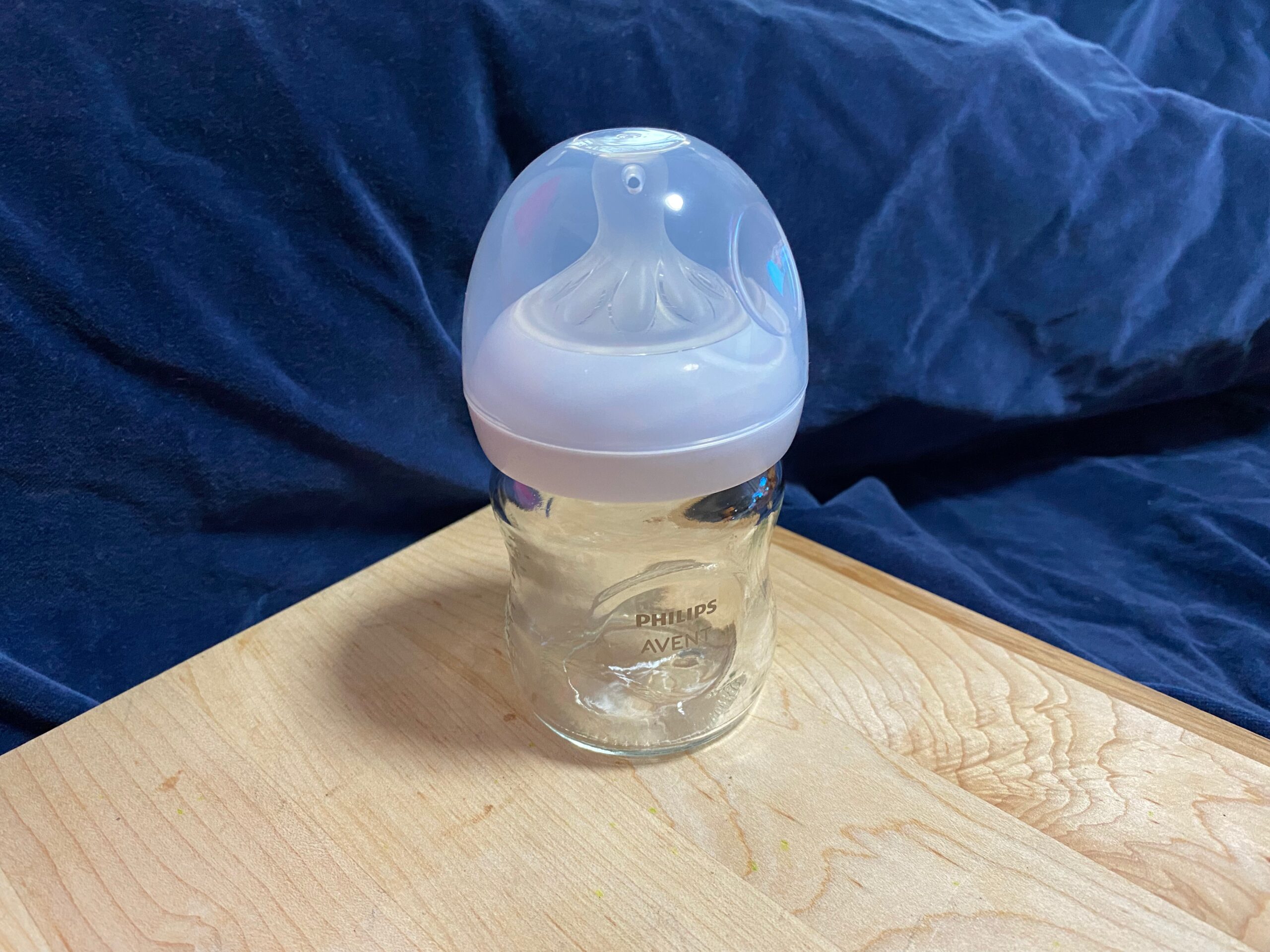
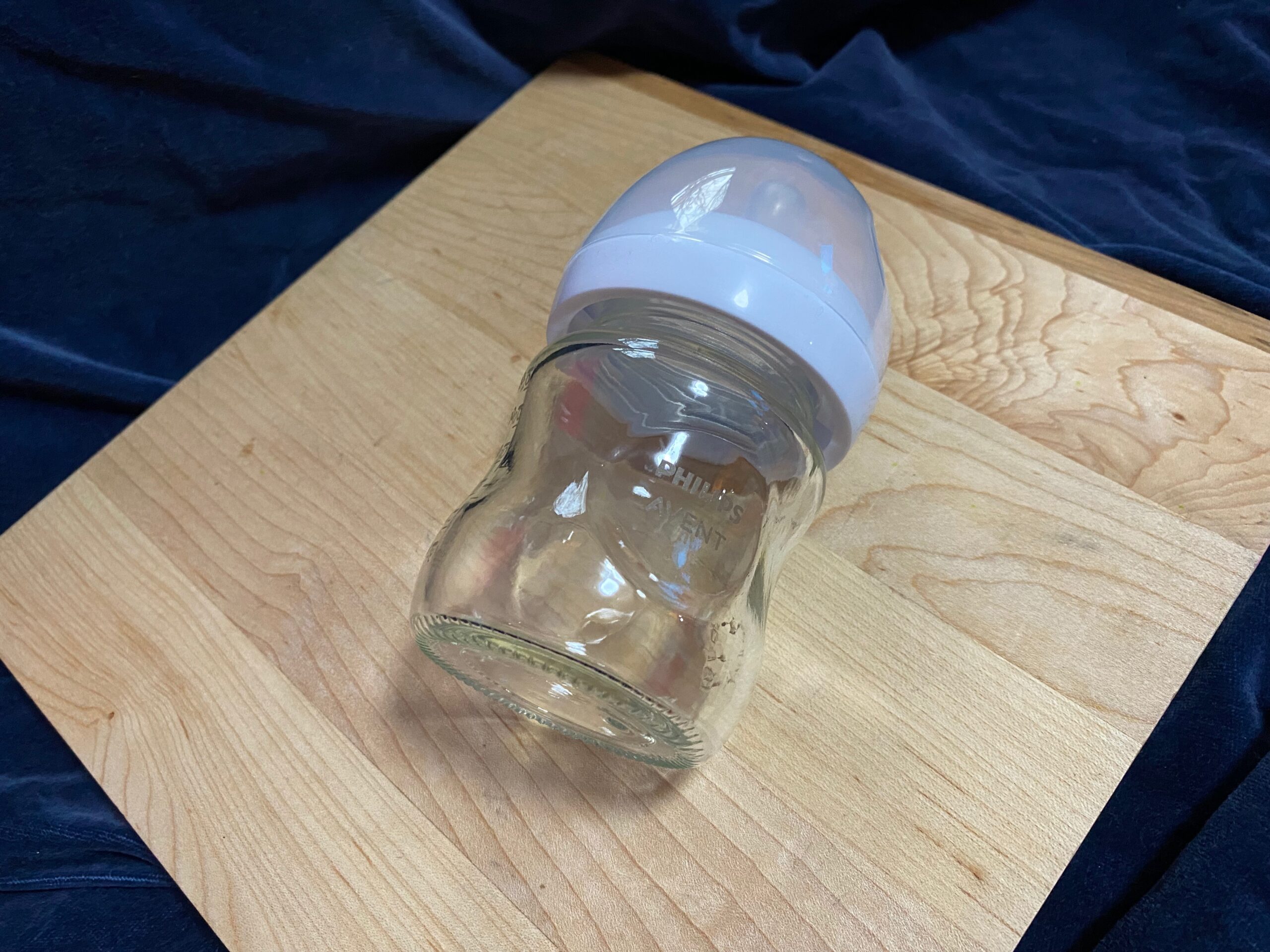
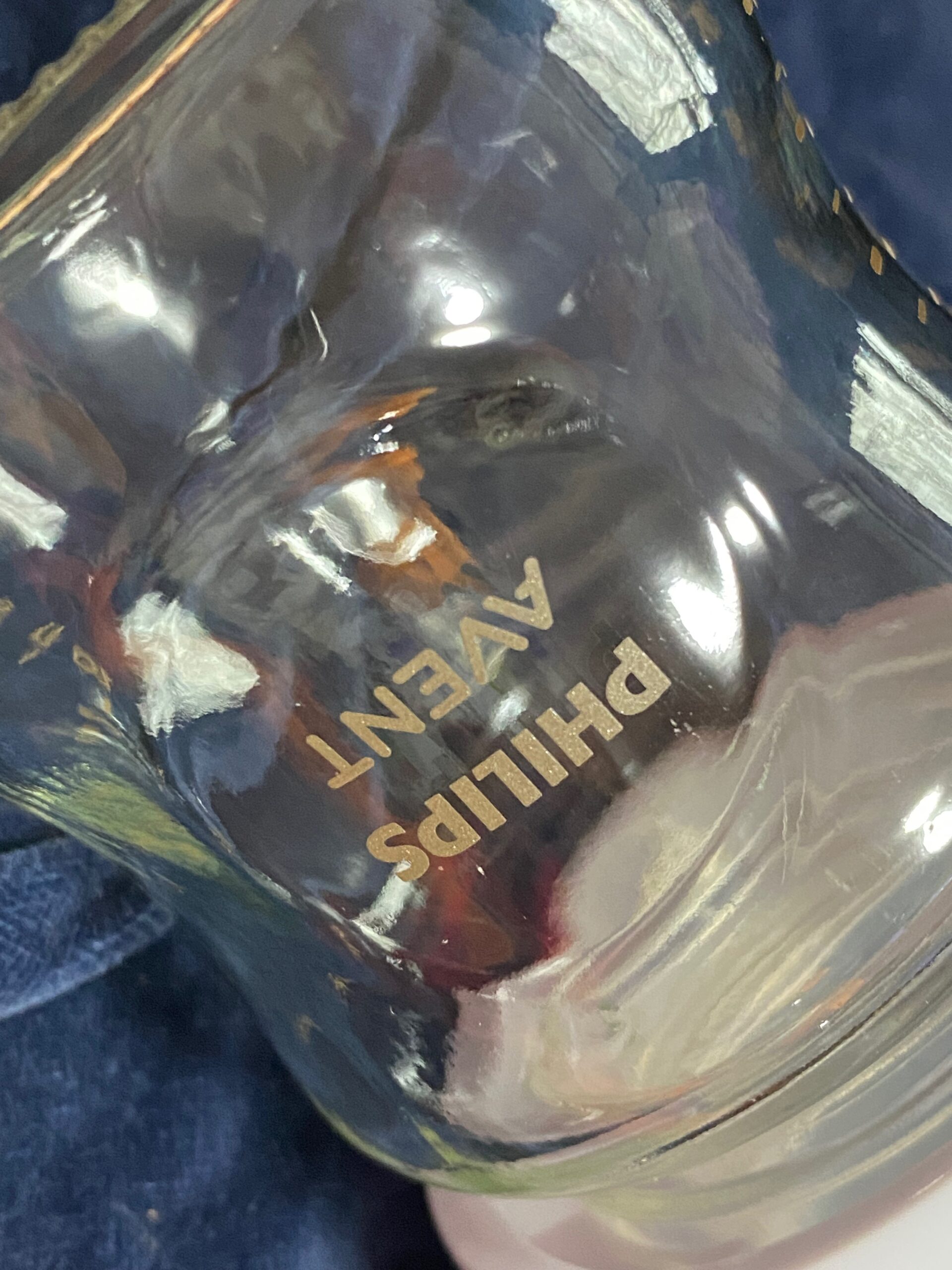
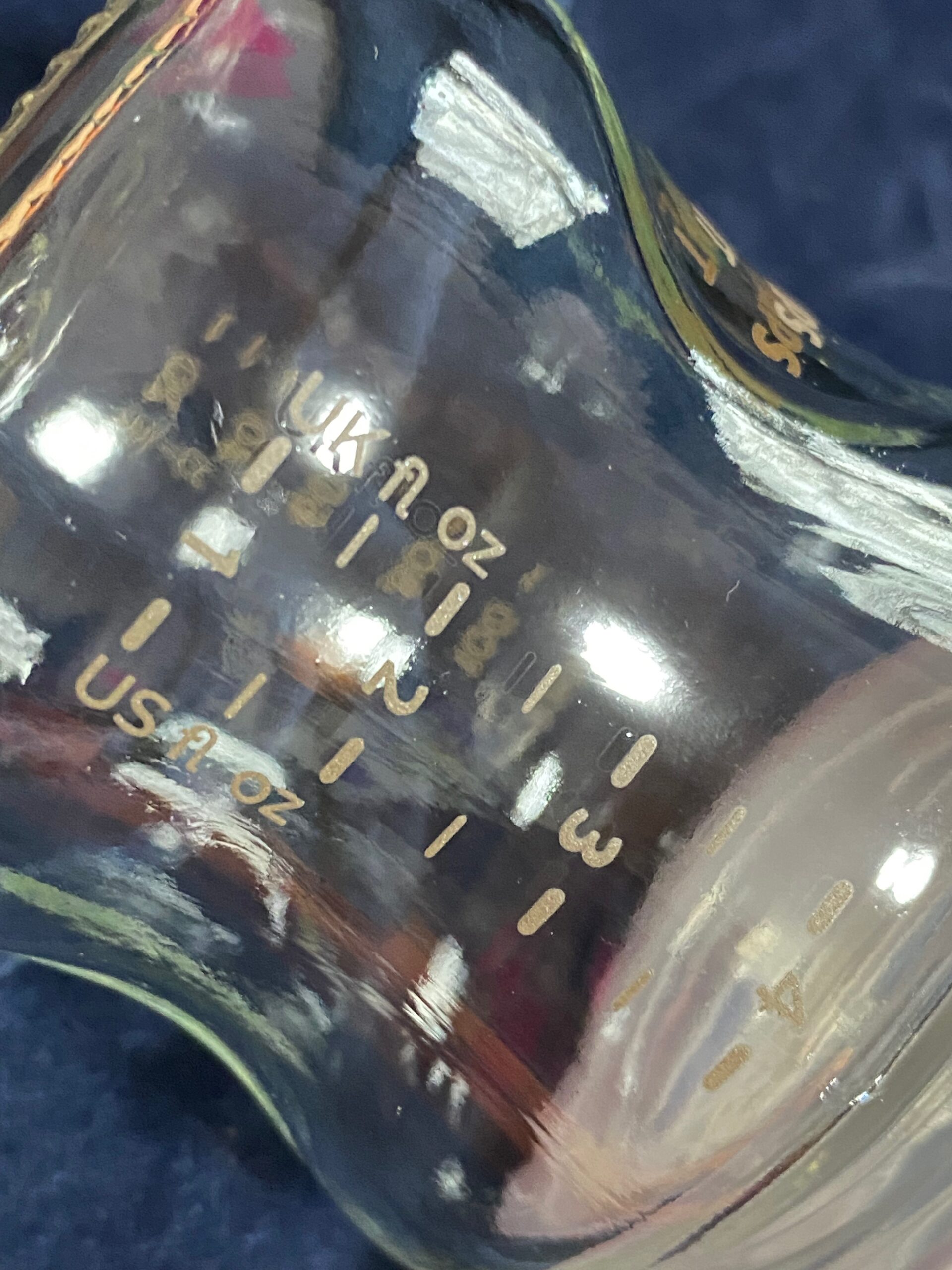
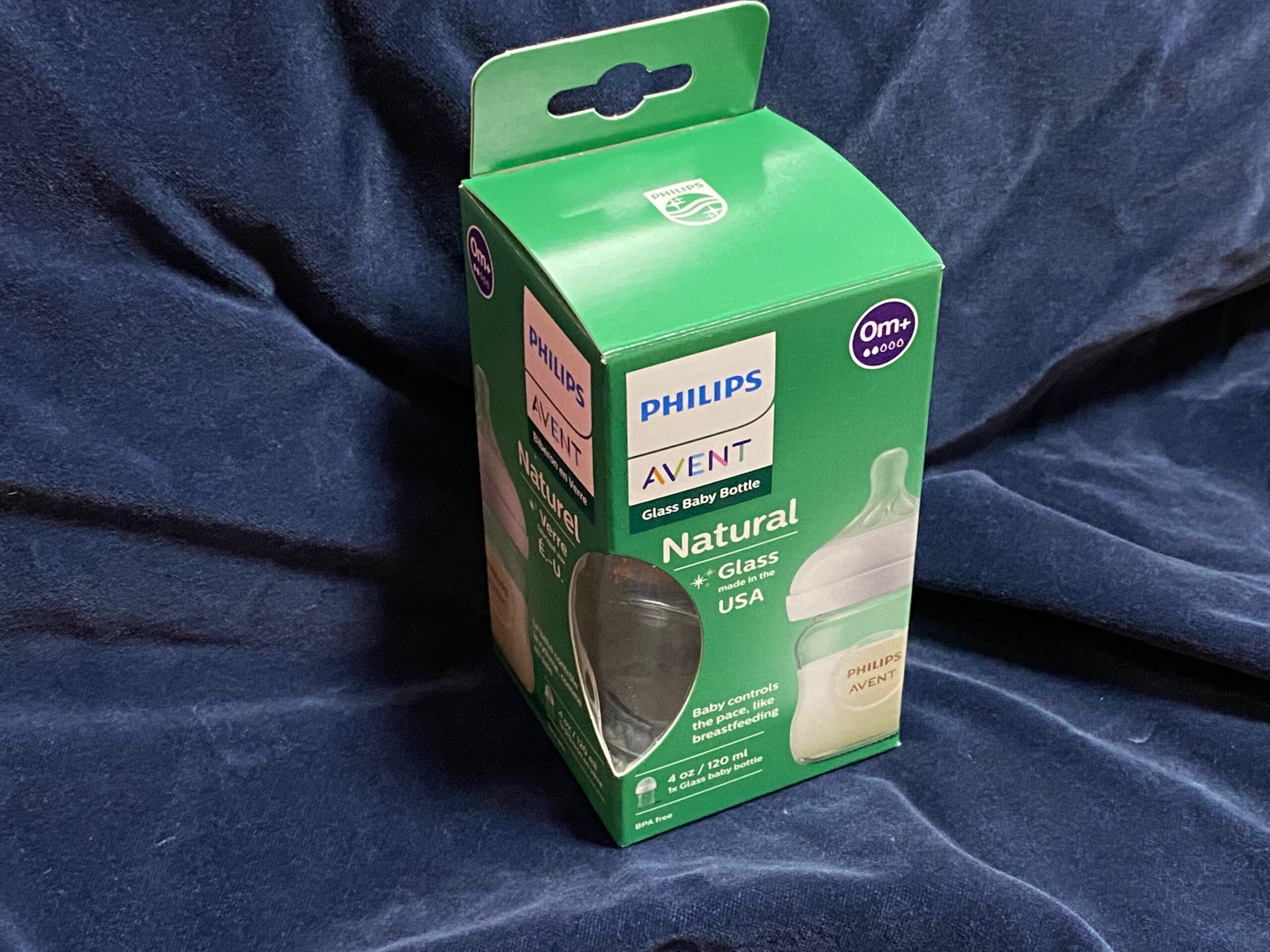
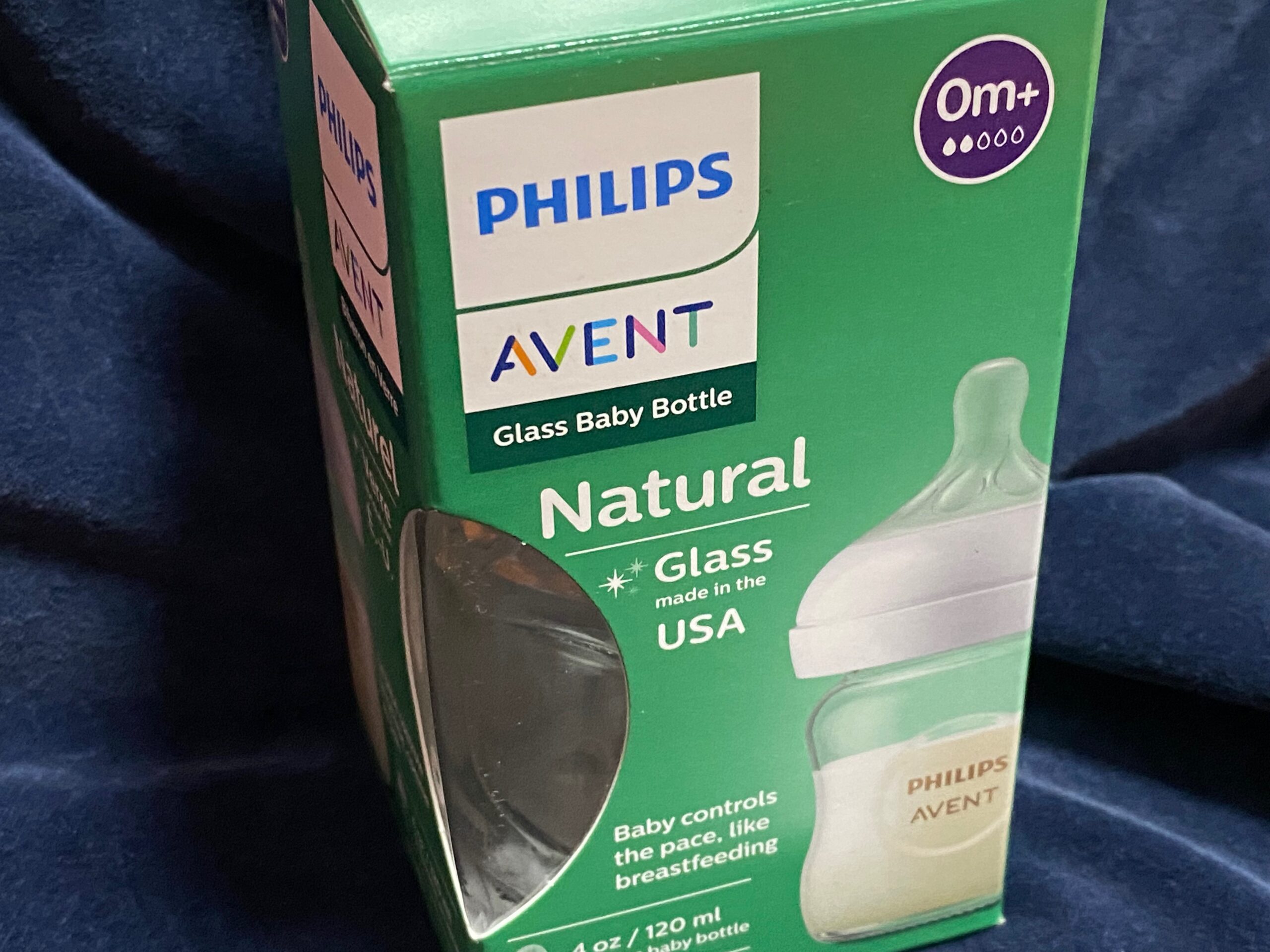
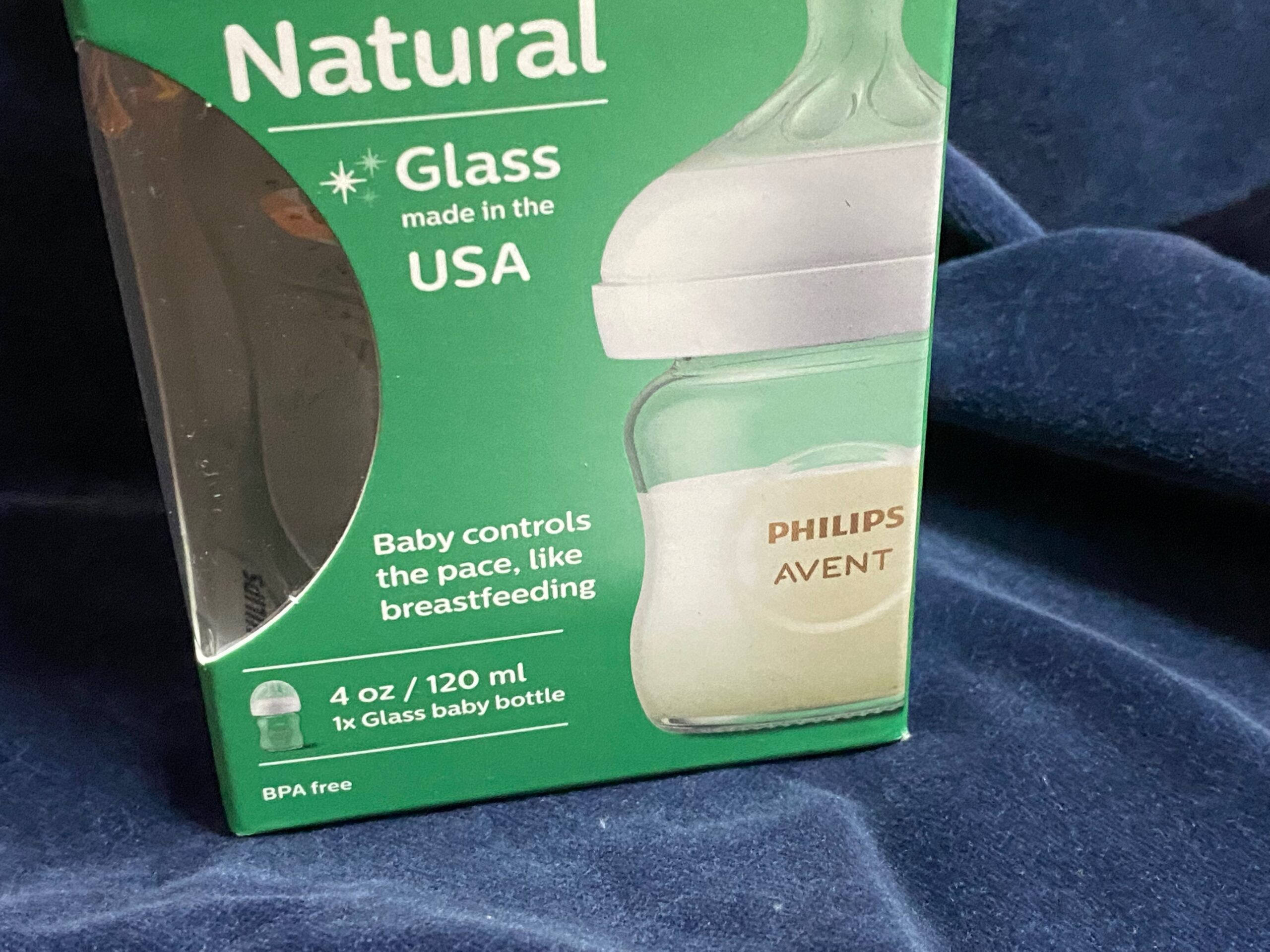
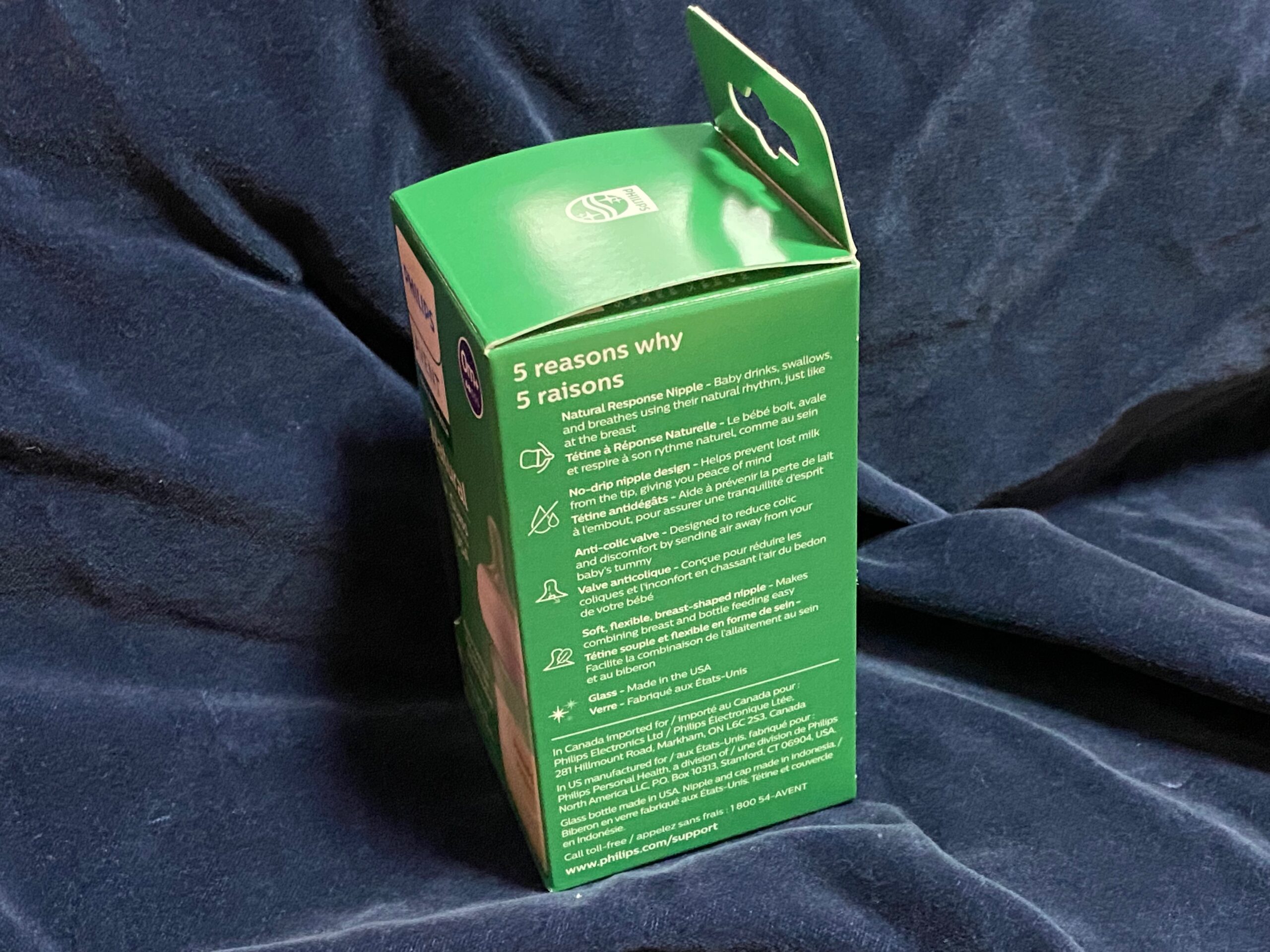
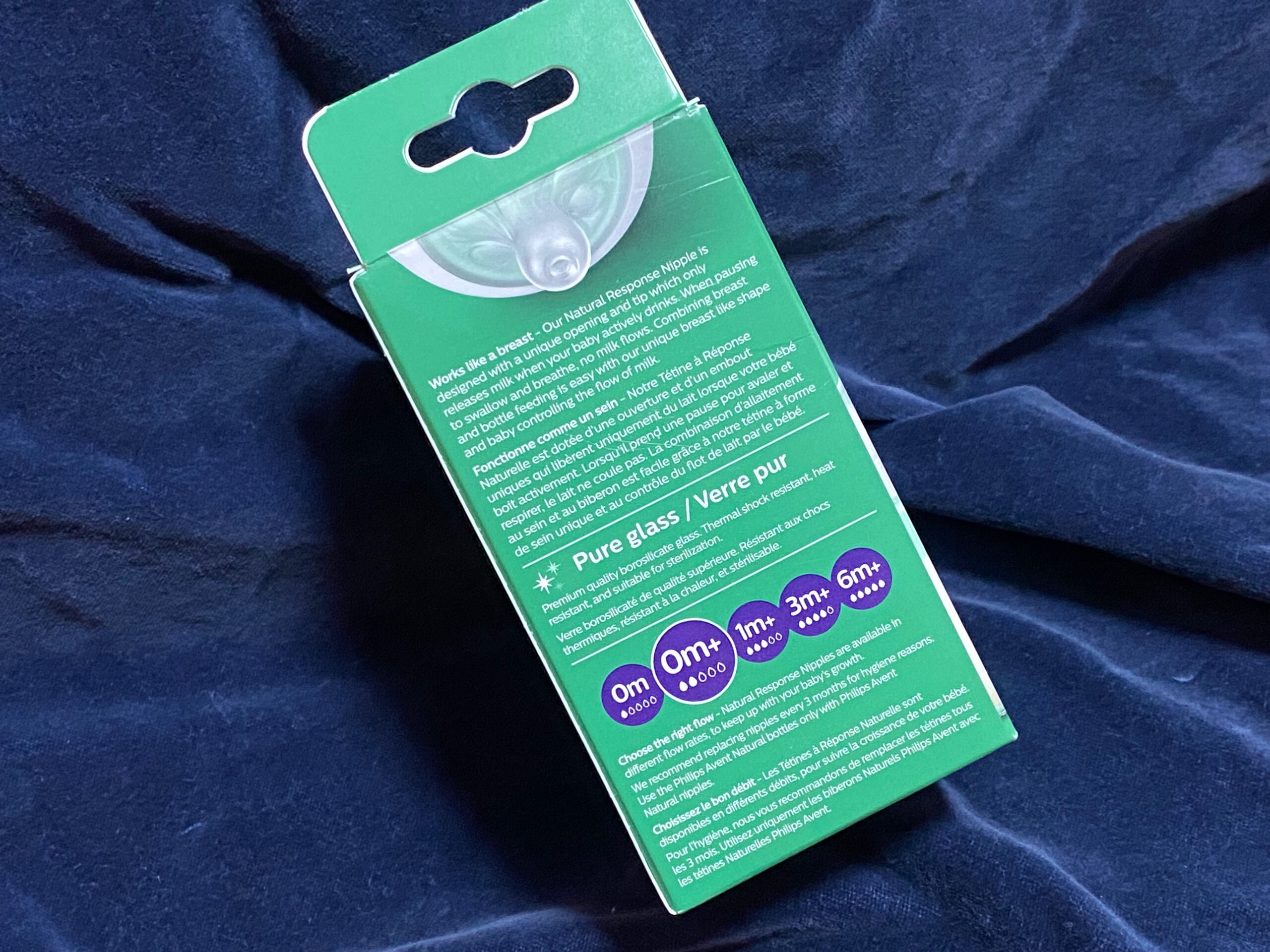
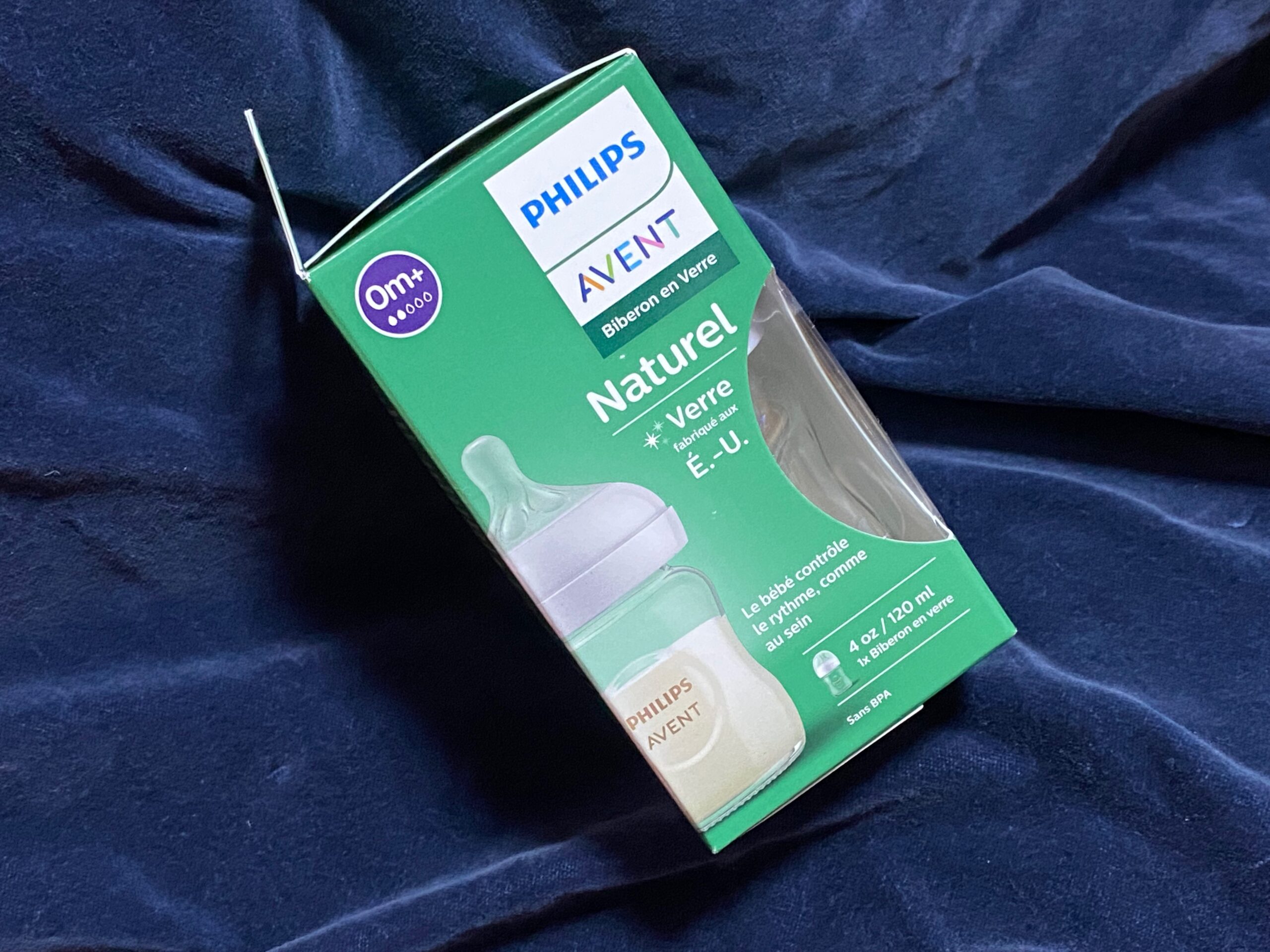
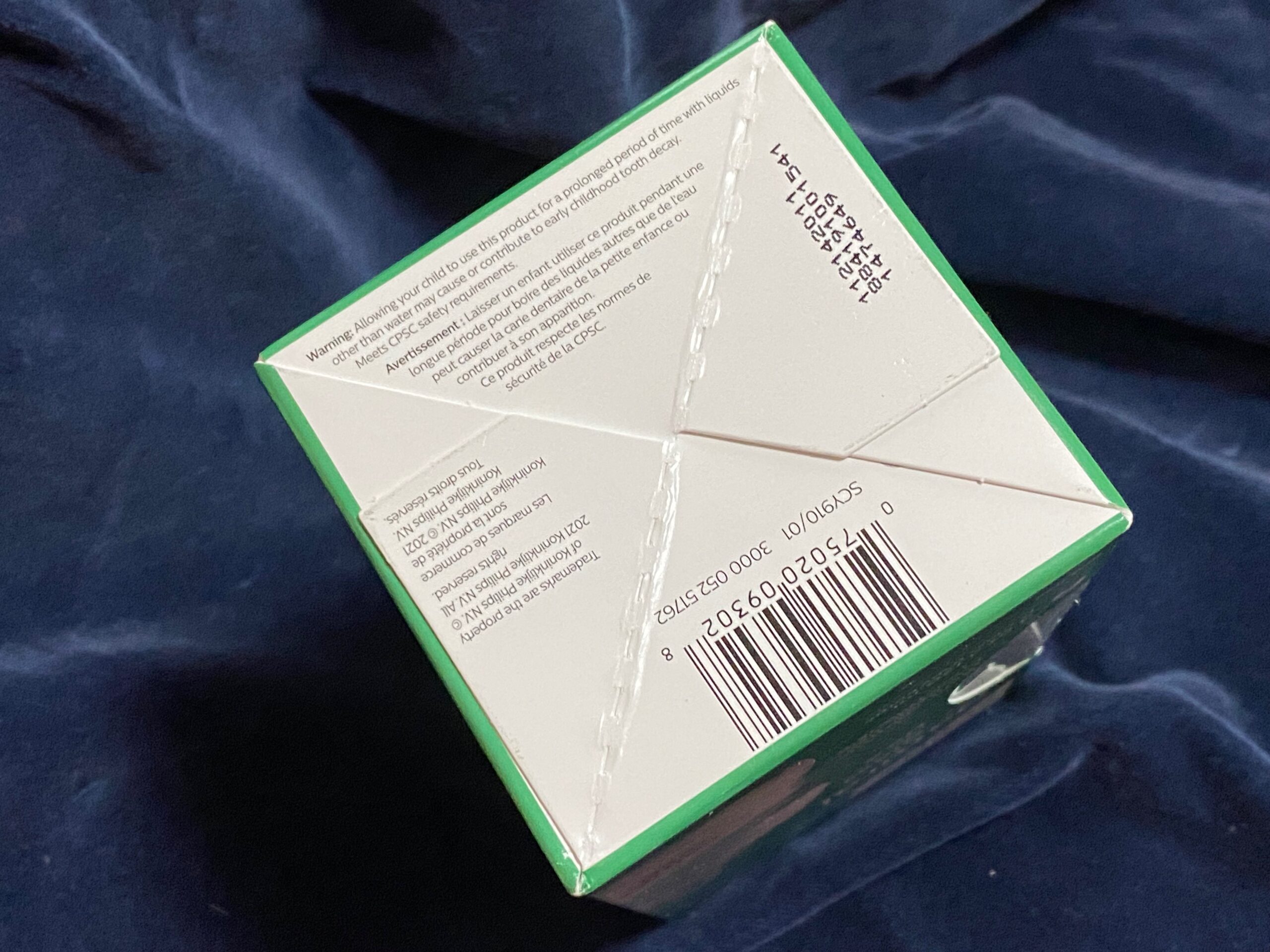
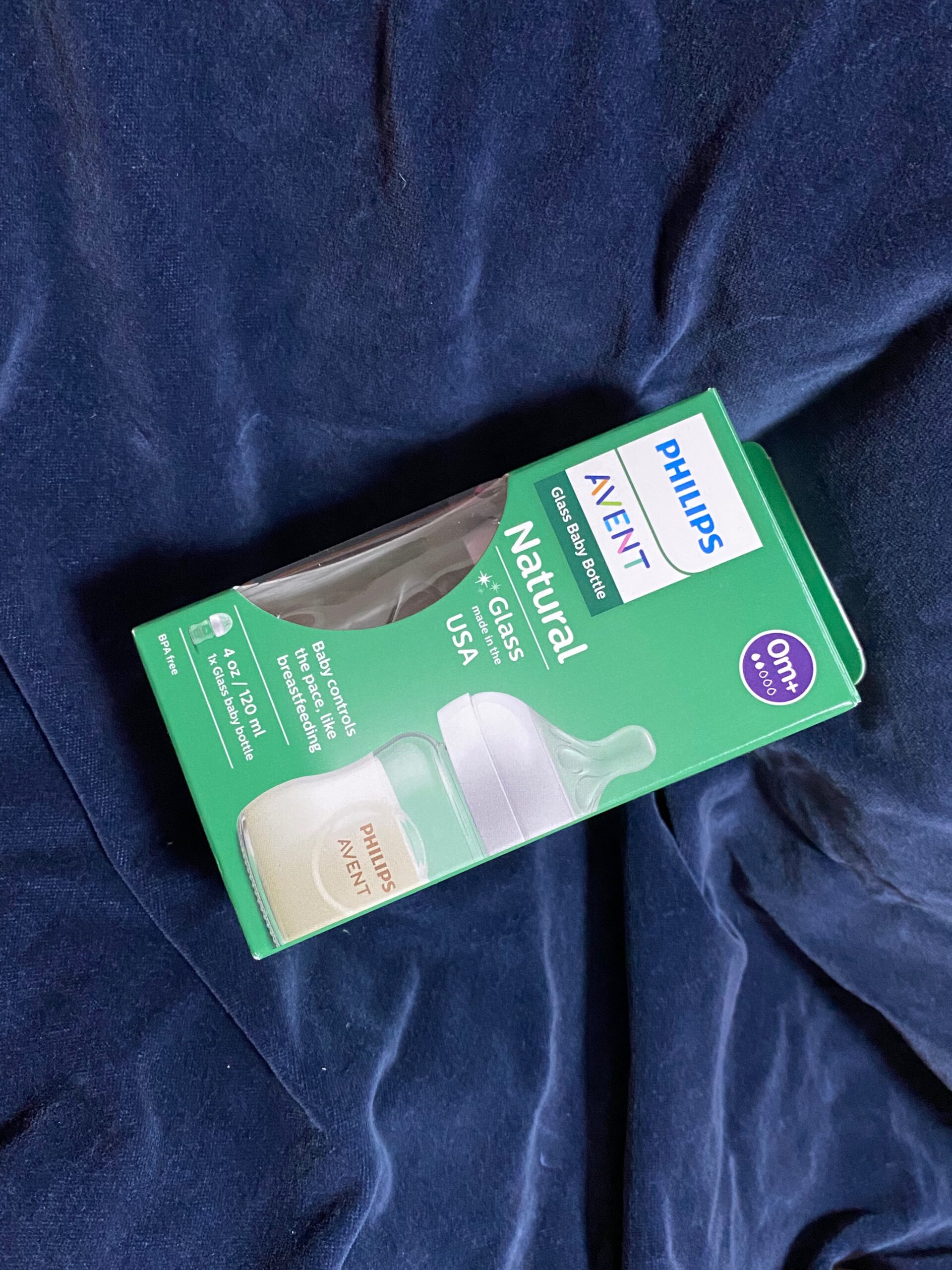
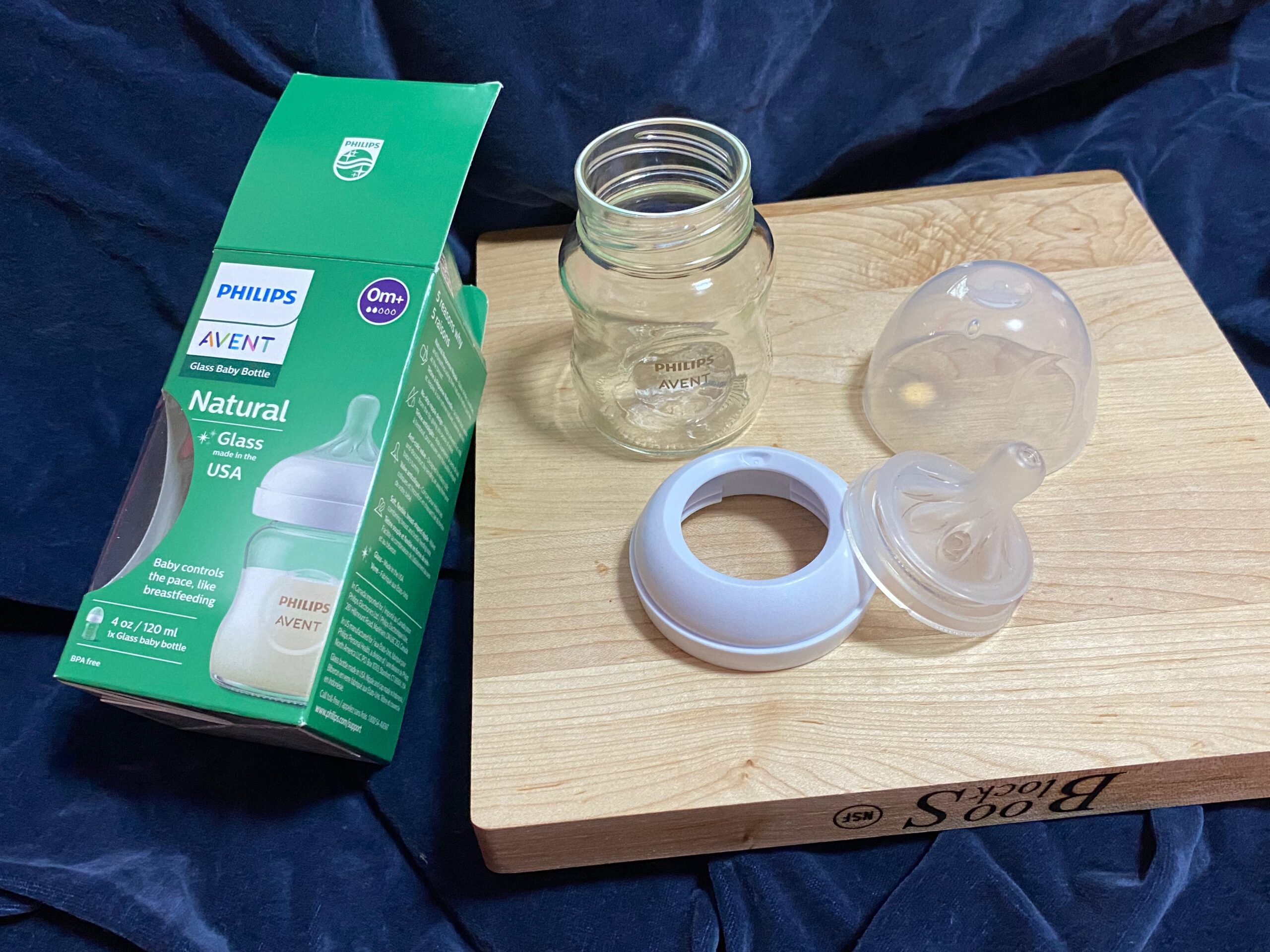
Never Miss an Important Article Again!
Join our Email List








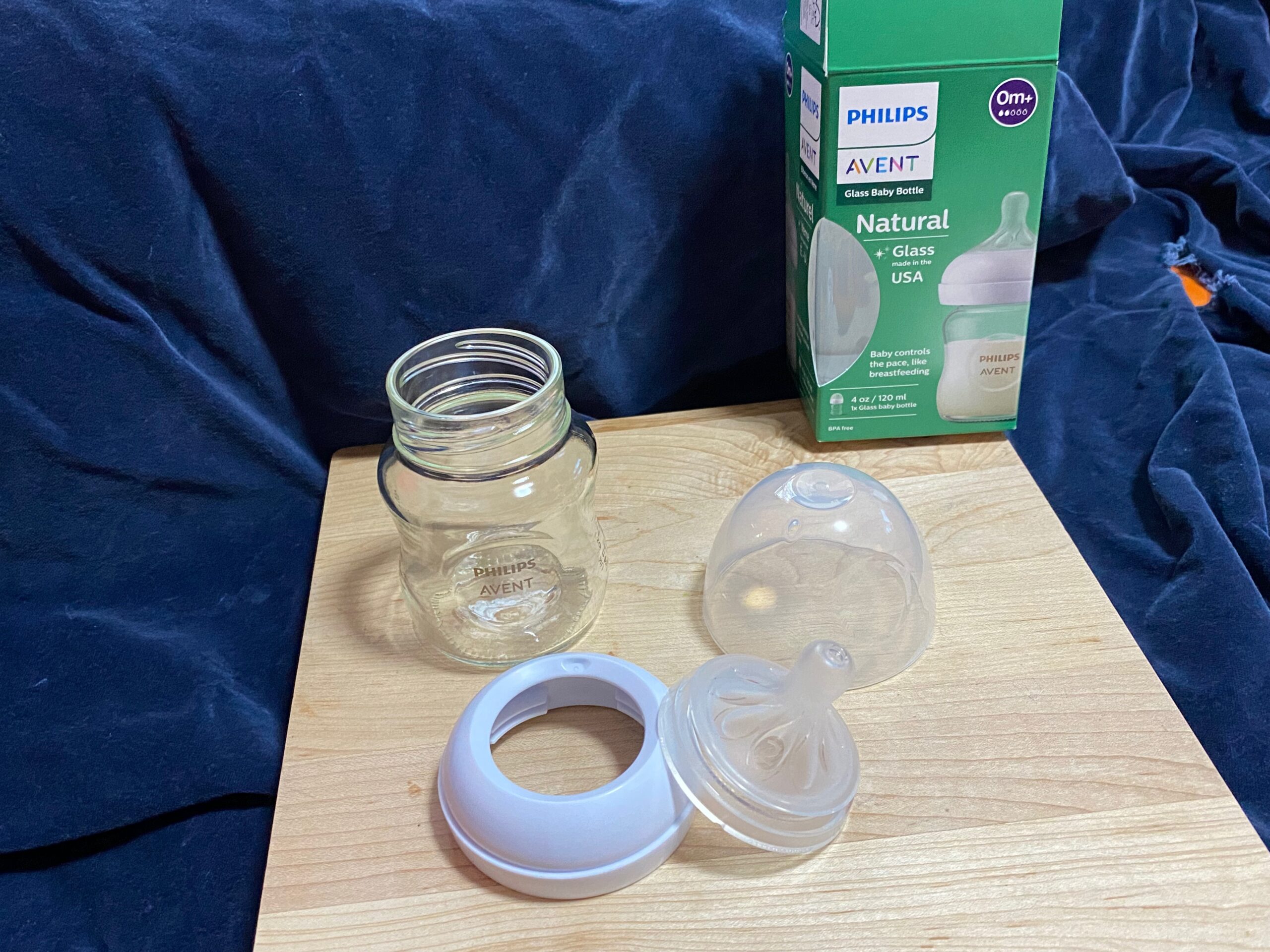 Full XRF test results for the item pictured are below.
Full XRF test results for the item pictured are below.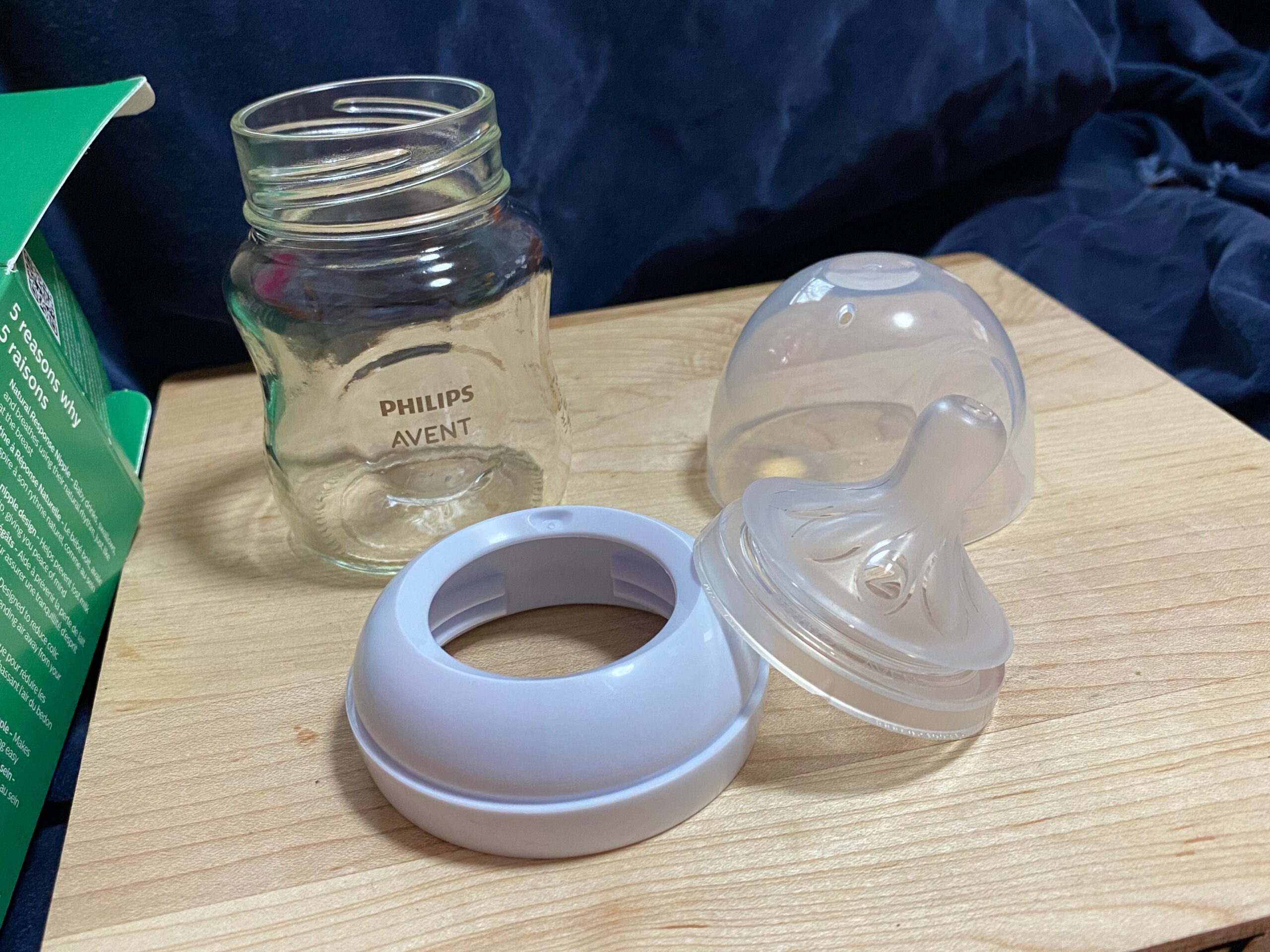

Hi Tamara,
Thank you so much for this post! I read your other post about this bottle and it says free from Lead, Arsenic and Cadmium. I’m wondering if the older design of this bottle is Cadmium Free. I have a lot of Phillips Avent bottles at home.
Hello Jenn.!! I just purchased these . Do you have any suggestions in what could be better ?
Thanks for doing all of this work!!!
Parents: Babies can drink from a small cup. Let them sit up. Support as needed. This also prevents deformation of their mouths due to bottle use, so it is an upgrade from a bottle. Also, silicon/etc nipples harbor mold spores and other pathogens, no matter how much you clean them.
Can you please test ZIPTOP platinum silicone food storage containers (made in USA)?
Nordic Ware Aluminum bakeware and storage containers
Americraft cookware (supposedly material is USA steel)
Liberty Table Top flatware made in USA using USA steel
American Kitchen cookware
FISSLER German made stainless steel cookware
Thank you!
Items tested are items readers send me to test, here’s how that works:
https://tamararubin.com/2019/08/tamara-can-i-send-you-one-of-my-dishes-to-test-for-lead/
Hello Tamara. Do
You have any suggestions on what are the best options for glass baby bottles ??
Thank you for taking the time to do this for the rest of us that wouldn’t have the means to test these things ourselves.
You are a force of good!
Do you have any suggestion on what cups we could use or alternative bottle brands?
Thank you
my baby bottle guide is linked in the top menu of every page of the website. this is a good brand. if your baby will take a natural rubber nipple that may be the best choice from a toxicant perspective. If not a fed baby is best and the cadmium levels are safe by all standards so silicone is the only option for babies who won’t take rubber. European brand nipples may be cleaner than US brands but i don’t have any specific brands to suggest at the moment.
Why did (someone else) test thenglass Avent bottles and it came back at 33, 36, and 29m different times and you said it was lead free. Please answer
I believe the person you are citing is not doing their testing appropriately – taking into account several factors including:
– calibration: instruments should be calibrated before each testing session. Not doing this can result in false positives.
– duration of testing: when testing consumer goods, each test should be done for at least one minute and the results should be confirmed with repeated / multiple tests of at least one minute each – and preferably 3 minute tests. We typically spend about 2 hours testing each baby bottle that we report on (testing all components), sometimes more time is spent (as much as 4 to 6 hours) in testing a single bottle to make sure all results we report are 100% replicable. Not doing this can result in false positives.
– potential cross contamination in the testing environment – testing should always be done against a confirmed lead-free background. We typically use a solid wood cutting board (or other known lead-free surface) as our testing background / surface for any reporting we do, and we test the background separately during each testing session (before testing items we are reporting on), to confirm the testing background / surface is free of metals. Not doing this can result in false positives.
– stability / no motion – testing should always be done on a stable surface (a non-moving surface, like a fixed table or using a testing stand that holds the instrument still for testing). Testing should not be done in an environment when the instrument (or item being tested) can move during the testing that is done. This often results in false positives.
– holding an item being tested – testing should never be done while an item is being held in the hand (this practice is illegal in most states actually). Testing in this way can result in false positives (because of the tendency for movement of the instrument and object throwing off the test results and because of the possibility of background contamination noted above).
Those are some considerations.
I have been doing this testing for 15+ years and am 100% confident in any results I report – as well as confident in my testing methodology, instrumentation and testing environment (and related protocols).
Tamara
Hi, I am a Brazilian mom of a 15-month-old boy. Recently, I found out about lead poisoning and I am shocked about the presence of Cadmium in nipples. It is alarming how they try to poison us in every possible way. I am glad that my baby never used the pacifier or feeding bottles I bought, which were all Phillips Avent plastic printed. Sometimes, while on the go, I give him water in the 360 non-slip glass NUK or baby bottle. But I do not want to use them ever again. I want to know if natural rubber or latex nipples are safer than silicone nipples? Also, could you please recommend a glass baby bottle that is totally free from chemicals? Thank you very much!
Is there a natural rubber nipple you recommend for the Philips Avent bottle ? I can’t seem to find one that is compatible for a newborn. Thanks
I am confused because on another of your pages you tested these bottles and they came back non-detect for everything. Which is the correct one?
They are from different dates. The newer one is the most relevant – or not all components were tested in the older one (we started testing more components over the years, and reporting on more toxicants).
You forgot to mention or add label in red for the photo icon on this bottle that it contains or has traces antimony as well (not just traces of cadmium) 🙂 unless this intentionally left out because the second reading didn’t show antimony?? Please let me know im just trying to better understand reading these results you post as some of the results don’t have much of a break done compared to other results you posted, ex: evenflo test results- specifically the written first two titles of the test results is what im not sure what specific part of bottle you’re referring to vs how well you wrote & broke everything down for the boon nursh bottle.